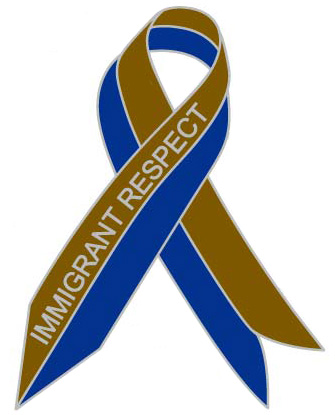Anonymous #3
Anonymous #3
Location: 1F., No.1-1, Ln. 23, Hami St., Datong Dist., Taipei City 103, Taiwan
Project Description: T’ien-Kung K’Ai-Wu is a Chinese technological encyclopedia published in 1697, a period of the Ming Dynasty ruled; it has been called as “Chinese technological encyclopedia in the seventeenth Century”. At that time, it recorded all methods about producing and growing in details, involving in plowing, weaving, shipbuilding, iron making, paper making, sericiculture and so on. The author desired to emphasize the coordination between human being and nature and cooperation between labor power and natural power. After more than four hundred years of development, the tight relation between human being and nature has been replaced by the relations between machine power and labor power. As a Taiwanese, I also observed the dramatic changes of industrial structure in Taiwan and the phenomenon of excessive imported workers in Southeast Asia. This series works of T’ien-Kung K’Ai-Wu are based on the celebrated literature with the same name; in which workers and farmers in illustration are replaced with foreign workers in Southeast Asia wore clothes in Ming Dynasty; while old traditional industries also have been transformed into changed industrial structure and labor power in Taiwan in the 21st Century. So those works are prone to emerge problems among foreign labors, such as cultural adaptive capacity, confusion of identity, and relations between foreign labors and their foreign mates. Through its joking and sportive skills those make conflicts between past and present, then express my attention on absent humanistic care during the process of globalization. ‧
In works of T’ien-Kung K’Ai-Wu I cited the general imaging of ordinary people on foreign labors or brides in Taiwan that most of them engage in nursing, babysitting, personnel in factories, walking the dogs, and cooking. Therefore I interpreted all illustrations in original literature again, those illustrations such as pushing handcarts, weaving, plowing were reincarnated. For instance, Southeast Asia rickshaw picture—the handcart pushed by ancient labor is transformed into modern wheelchair (a foreign nurse is taking care of home-bound old people with the wheelchair); or cultivating and collecting treasure picture—the ancient labors drove animals (cattle) to plow and collected mine, treasures or gold, while foreign labors at present drive master’s dog (equal to animals) and pick up the feces of dog (the nickname of feces is gold in Chinese). From this, it could be observed that industries and providers of labor power have been changing since the beginning of time. Our topic of discussion and the nature of globalization were introduced.
In this series of works, I was both observer and actor. I invited foreign mates or labors around myself to play the leading role, while I play the minor role around Southeast Asia labors from Indonesia, Philippines, Thailand, Vietnam and so on. Through conversation, I knew their real situation and condition, the humorous sentences wrote in corner of pictures resulted from my understanding for them. The inherent thinking of common people would be disrupted by the comparing present with past. With this humorous and sarcastic method, the changes of working class in Taiwan and transitions of industrial structure emerged and people has to confront with the problems about consumption of labor and instability of marriage resulting from globalization. The illusions also were broken by quasi-joking and casual skills.
The phenomena cited by T’ien-Kung K’Ai-Wu are not only appearing in Taiwan but also in other countries and regions across the world. So that is a topic worthy of deep concern. The original literature of T’ien-Kung K’Ai-Wu was published in four hundred years ago, which is a period of classical agriculture. For this reason, the literature emphasized the harmonious relations between human being and nature. However, because of globalization, the relations between human and land in post-industrial society are not as tight as that in ancient society. A good produced in this locality could import capital from USA, energy from Mideast, raw material from China, labors from Southeast Asia, and then be sold to Europe. It should be considered whether what “MADE IN TAIWAN” means are genuine and pure or not.”
Back to D18 Documentation
